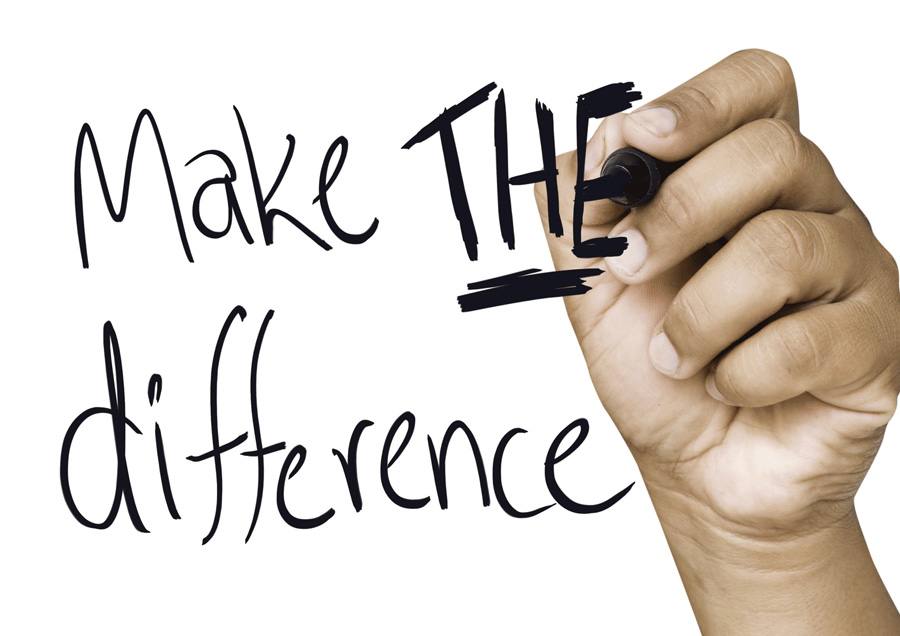4 Ways to Create a Culture of Humanity Within Projects
Successful project management establishes a dynamic culture where both conflicts and agreements are safely expressed – a culture of humanity.
As an account manager, a question I often ask myself is, “How do I manage this project well? How do I keep everyone focused on goals and motivated to achieve them?”
I believe the answers to this question are found in understanding the role I play in helping establish a culture of humanity within projects.
To explore this further let’s dig into a definition of culture, and look at four simple ways to create a culture of humanity within project management. I hope this information is helpful, and I’d love to hear your feedback in the comments below!
The Difference Between Project Heaven and Hell
According to theologian Kathryn Tanner, in her book Theories of Culture: A New Agenda for Theology:
“Culture forms the basis for conflict as much as it forms the basis for shared beliefs and sentiments. Whether or not culture is a common focus of agreement, culture binds people together as a common focus for engagement.”
Notice three keywords Tanner emphasizes: conflict, agreement, engagement. These are important words for project management, and culture forms the basis for them.
Successful project management creates a project culture where conflict, agreement and engagement are all safely expressed as a part of project process, from start to finish.
Why? Because if a project is not a safe place for stakeholders to express conflict, arrive at a place of negotiated agreements, and foster wholehearted engagement; the project will not only fail to yield the best outcomes and results, but also run the risk of derailing into something no one wants to be a part of.
We must avoid this.
And it doesn’t have to be hard – this is not just an intellectual exercise. None of us have much time for philosophical ruminations; let’s make this practical!
4 Ways to Create a Culture of Humanity Within Projects
1) Say “Happy Birthday” and “Happy Anniversary” and “Happy New Year” and “Happy Holidays”
This should be an easy one: all account managers should keep their ears open for opportunities to celebrate birthdays, anniversaries, and holidays. But for goodness sake, be creative with it.
Last year I had a call with a client on my birthday. During the call I mentioned how much I love that my daughter’s birthday is within days of mine, and my client shared that her mother’s birthday was within days of hers as well. Since she also told me when her birthday is, I noted it on my calendar. No big deal – pretty easy to do.
But I also know my client and I are mutual fans of hiphop artist Q-Tip from A Tribe Called Quest, the discovery of which represents a key moment in project history.
The result? Her birthday + Q-Tip appreciation = a creative birthday email.
It can seem obvious, and it doesn’t take much time, but small efforts like this go a long way in creating great project culture because they show you are not only invested in the completion of project tasks, but are also concerned about the people involved in completing them.
2) Who Cares About the Weather
Let me keep this simple and straightforward – don’t open calls asking clients about the weather! Sure, I violate this one occasionally, but asking about the weather as a call opener is a form of project laziness. There is so much more you can ask about!
I work with a client that spends much of the first quarter planning for an annual shareholders’ meeting. It’s a big deal, and I know our first quarter monthly review calls hit them when they are swamped. As a result, I like to open these calls by asking for updates about the event, the planning they are doing, and if they are finding time to breath.
These types of questions not only allow me to explore what is happening in the day-to-day business world of the client, it also gives me an opportunity to discover new ways our team might support the client. In the scenario mentioned above, good questions resulted in a 2015 proposal specific to the needs of the client. The result being a win-win situation for both parties involved.
Remember, you get better project answers by asking better project questions. Call openings included.
3) Painless PowerPoint
Few will disagree when I say PowerPoint stinks. I keep this in mind while creating PowerPoint slide decks to accompany monthly review meetings, project audits, and proposal presentations.
One way I try to make them painless is to insert jokes, corny metaphors, and other Easter eggs.
A few months ago our director of client services “helped” actress Amy Smart make the decision to purchase a piece of cookware made by one of our clients. During the following monthly meeting I added a picture of Amy Smart to my PowerPoint presentation, and mentioned how our team felt this sales “assist” warranted something – like free products for the office, perhaps? It worked.
Of course I should say we have a pretty good relationship with this client, and our meetings often feature sarcasm and joking around. But the point is relevant.
If you must create a PowerPoint – consider making it painless by having a little fun with it. The end result is not only will you and your client enjoy your time together more, it will give you an opportunity to introduce new topics in a unique way, or give old topics a fresh perspective.
4) Email Shortcuts and Enhancements
Whenever I start a relationship with a new client, I am succinct and formal in my email communications. I want to clearly convey respect for everyone I work with, and the project we are working on together. But as I get to know a client, the wheels of formality fall off quite often – which is exactly what I am looking for!
Recently, while auditing a client on Twitter, I noticed they had reached 666 tweets. Considering this client is always willing to engage in email banter, I sent a screenshot of the Twitter account homepage, with the following message:
“Please tweet before the apocalypse happens!”
To which I received the following reply:
“How do you know this isn’t all part of my diabolical plan…”
This is great for project culture – and I recommend this type of banter whenever appropriate.
Here is an important tip: Don’t be the one to initiate informality. Look for opportunities, and respond accordingly. This way you won’t frustrate a client who wants to maintain formality, but you will also be ready to add a unique measure of humanity with clients who like a little humor in their lives.
A Culture of Success
In the end, everyone involved in a project wants to see it succeed. We all want to complete projects feeling that we have done our best work, and that we’ve been able to work through the good and bad in order to see that happen. Creating a culture where conflict, agreement, and engagement may take place freely, allows everyone to be the humans they are – and achieve success everyone will be proud of.

